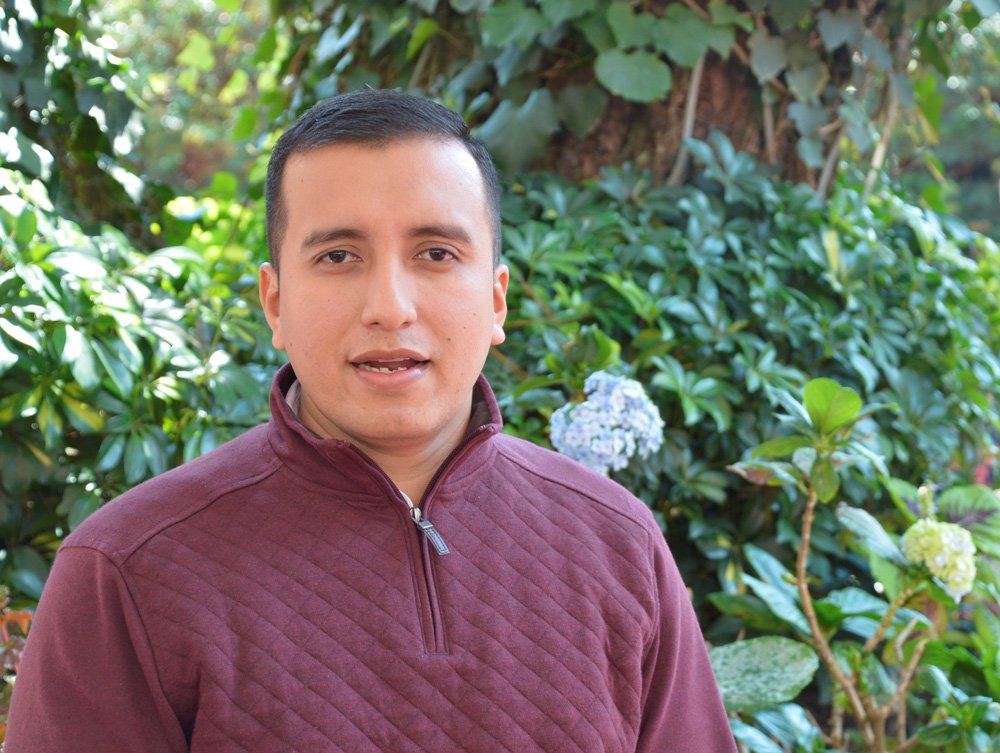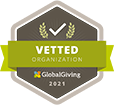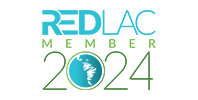Sustainability is key to consolidating a coastal marine protected area

Hendryc Acevedo, Technical Unit Director of the National Council of Protected Areas in Punta de Manabique, Puerto Barrios, Izabal. Photo by Lucy Calderón/MARFund
By Lucy Calderón
“One of the greatest lessons we have learned during the implementation of the project Conservation of Marine Resources in Central America is how to be sustainable. Three years later, we are still applying this approach because we are able to continue implementing programs and consolidating the management of the protected area Punta de Manabique Wildlife Refuge (RVSPM, in Spanish) with the equipment and materials acquired through this project,” Hendryc Acevedo says. He is the Technical Unit Director of the National Council of Protected Areas (CONAP) in Punta de Manabique, Puerto Barrios, Izabal.
“The project planted the seed of sustainability in us. That is, learning to be and stay productive by making rational use of our resources in all the activities we carry out within the protected area and in its conservation components: reefs, mangroves, seagrass, forest, and bodies of water. And this was the starting point for CONAP to fulfill its institutional commitment to provide the staff needed to conduct the required scientific and administrative work,” Acevedo says.
According to the professional, the project launched in 2012 by the Mesoamerican Reef Fund (MAR Fund) was aimed at creating and strengthening a functional network of marine and coastal protected areas, a priority in the Mesoamerican Reef System (MAR). The goals were to promote adaptation to climate change, conservation of natural resources and ecological processes, continuity of connectivity functions and ecosystemic services, and sustainable use of natural resources.

For Hendryc Acevedo, of CONAP, teamwork is also key to the success of managing a protected area. Photo by Lucy Calderón/MAR Fund
We spoke with Acevedo to learn more about his job at the Punta de Manabique Wildlife Refuge.
How was Punta de Manabique RVS consolidated?
The support provided by the project allowed us to have institutional strengthening through the procurement of office equipment such as desks, chairs, computers, and copy machines, as well as land and water vehicles. CONAP´s institutional commitment was also added to this support by providing the technical and administrative personnel who implement the management programs for the protected area.
Although the project ended in 2017, our administrative structure remains. We keep monitoring reefs and fish refuges with the available funds. We also have an interinstitutional operation center and a decent house for rangers.
In the past, after spending the entire day out in the field, rangers came back to rest in a tent of which literally they had to hold on to so the wind wouldn’t blow it away. Today, instead, they have a house called Interinstitutional Operation Center, with essential facilities such as water, electricity, beds, and a kitchen.

Interinstitutional Operation Center. Photo by Hendryc Acevedo
We also have a coastal marine technician who conducts water analyses in the protected area, follow-up monitoring of manatees and nursery maintenance, while rangers do repairs on the signs, the control and surveillance towers, and the house where they stay while they are on duty.
What other achievements were accomplished?
The specific results of the project’s contribution to the Punta de Manabique RVS were the strengthening of the control and surveillance program, the current monitoring program of natural resources, following up dialogue spaces with communities that live in the area and teaching residents how to identify primary main needs and find solutions.
Sometimes, people consider a football field a priority, instead of having drinking water, for example. But thanks to the dialogues and training we have shown members of organized groups within the protected area –such as community development councils or advisory councils– how to be strategic about requesting and adapting to environmental regulations that govern the protected area.
As an institution, we work with an administrative structure that allows us to operate. There are currently 12 rangers strategically stationed within the area. We also have a coastal marine technician, two technicians for control and surveillance, a person in charge of accounting and administrative aspects, and me as the director.
What are the challenges for Punta de Manabique RVS?
According to the fact sheet, the Refuge is the first coastal marine protected area, declared in 2005 and located within the Guatemalan System of Protected Areas. Reefs, seagrass, significant bodies of fresh and brackish water, and important fragments of broadleaf forest, and also mangroves are among the main natural attributes. The area has very interesting dynamics as a transition zone between the mainland and marine area. It has a very unique diversity of species, especially those associated with reefs. The extraordinary landscape of the Refuge provides recreational and tourism opportunities.
However, challenges faced by the Refuge are to keep reducing deforestation, get institutional presence for governance, and law enforcement on illegal activity such as illegal fishing and logging, or dealing with invasion in privately owned lands.
Maintaining the mangrove cover is also a challenge, as it is listed as an endangered species for Guatemala. Also, promoting development in communities is essential, because if there are more opportunities for economic activities related to the sustainable management of natural resources, the ecosystems will be less damaged.
It is important to follow up on management programs of the protected area and seek support from other institutions to be able to achieve full implementation.
For example, we endure sun and rain to detect and stop illegal activities, and we risk our lives during control and surveillance patrolling, and when we file a complaint before the prosecution authorities, the Public Ministry, nothing is done…
A larger budget would also be very helpful to be able to improve our work because we could hire trained staff required to improve our job.
We currently require two additional technicians and three more rangers. It is important understand that harnessing the data collected by these professionals in the field, authorities can make better decisions in favor of conservation.
More than a job, a passion

Giving talks about the importance of conserving the protected area to groups of visitors, is one of Acevedo´s tasks in Punta de Manabique. Photo courtesy: Hendryc Acevedo
Acevedo has been working on the country’s natural resource conservation for a long time. His work and passion for conservation go back to 2009 when he began working in CONAP as a ranger at 18.
Later on, he was promoted as a shipping technician, then as a planning technician, all of it while he was enrolled in Environmental Engineering at the Universidad Rural de Guatemala. Finally, he was appointed as director of the Technical Unit of Punta de Manabique.
He has taken students from different universities working on their Supervised Professional Activities under his wing. Acevedo has also been a thesis advisor on investigations related to the conservation and preservation of natural resources. He has been involved in projects regarding conservation and restoration of the mangrove ecosystem and has also provided support to the development of management tools for the protected area of Punta de Manabique, such as management plans, development strategies, and annual work plans.
So, when we ask Acevedo what drives and inspires him to work in favor of the Punta de Manabique RVS, he replies without hesitation that he considers it “his farm.” It is a territory of which he knows its problems, challenges, potential, and the 20 communities within the area… “I love the place, love my job, and I do it with the same passion as my colleagues,” he assures.
“We have the right people for each role in the technical unit. Everyone is passionate about the tasks and matters they take on. We feel connected and involved with the protected area, and that is what moves us to give it all with everything we do here,” the professional says.
In addition, “the sustainability and continuity of the technical unit depend on the results we achieve every month and for which we are evaluated. Therefore, all of us are committed to doing our best, care for the available resources to work, and stay sustainable,” Acevedo adds.
Tags: Conservation of Marine Resources, Guatemalan System of Protected Areas, Mesoamerican Reef Fund, National Council of Protected Areas in Punta de Manabique, Punta de Manabique RVS, the National Council of Protected Areas (CONAP)




